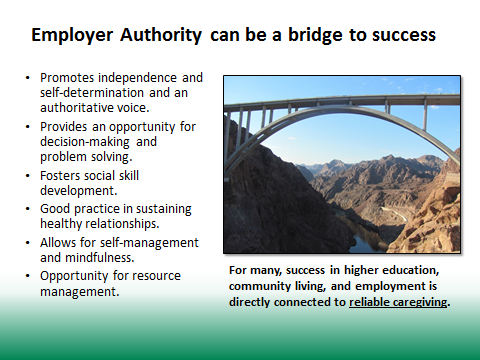Participant Liaison
I have the privilege of serving as the iLIFE Participant
Liaison in northeastern Wisconsin. Participant
Liaisons serve consumers in IRIS, Wisconsin’s self-directed supports
program. We help consumers in a number
of ways, from helping solve payment problems, to getting set up on the iLIFE Portal,
our electronic time report system. Being
able to serve consumers in the regions they live in allows each Participant
Liaison the opportunity to form relationships and understand some of the unique
challenges and situations that consumers face.
A common trend that Participant Liaisons see across the
board is that caregivers may not always receive their mailed paper checks on
pay day. We end up with a high call
volume and often confirm that checks have been cut and mailed out, but since we
have no way of tracking things through the postal service, we cannot guarantee
an exact date that checks will arrive.
The best way for caregivers and employers to guarantee that
payments are received on pay day is signing up for direct deposit. This ensures that money goes directly to the
caregiver’s account on pay day, while the check stub may still arrive in the
mail a day or two later.
It’s understandable that sharing back account information is
not for everyone. But, there are options
for direct deposit without a home bank. Companies
like Visa and MasterCard offer re-loadable money cards/debit cards through
places like Walmart that act like a bank debit card (cards available for a
small upfront fee and with small monthly service fees).
Encourage the consumers you serve to sign up for direct
deposit! There are many stresses on
consumers. Direct deposit takes away the
worry of wondering when a paycheck will arrive.
Setting up auto-payment through direct deposit helps get caregivers paid
timely and accurately and helps long-term care programs run more efficiently.
Learn more at iLIFEfms.com.

%2BPassage_AIRS%2B(MQ)_025.jpg)



